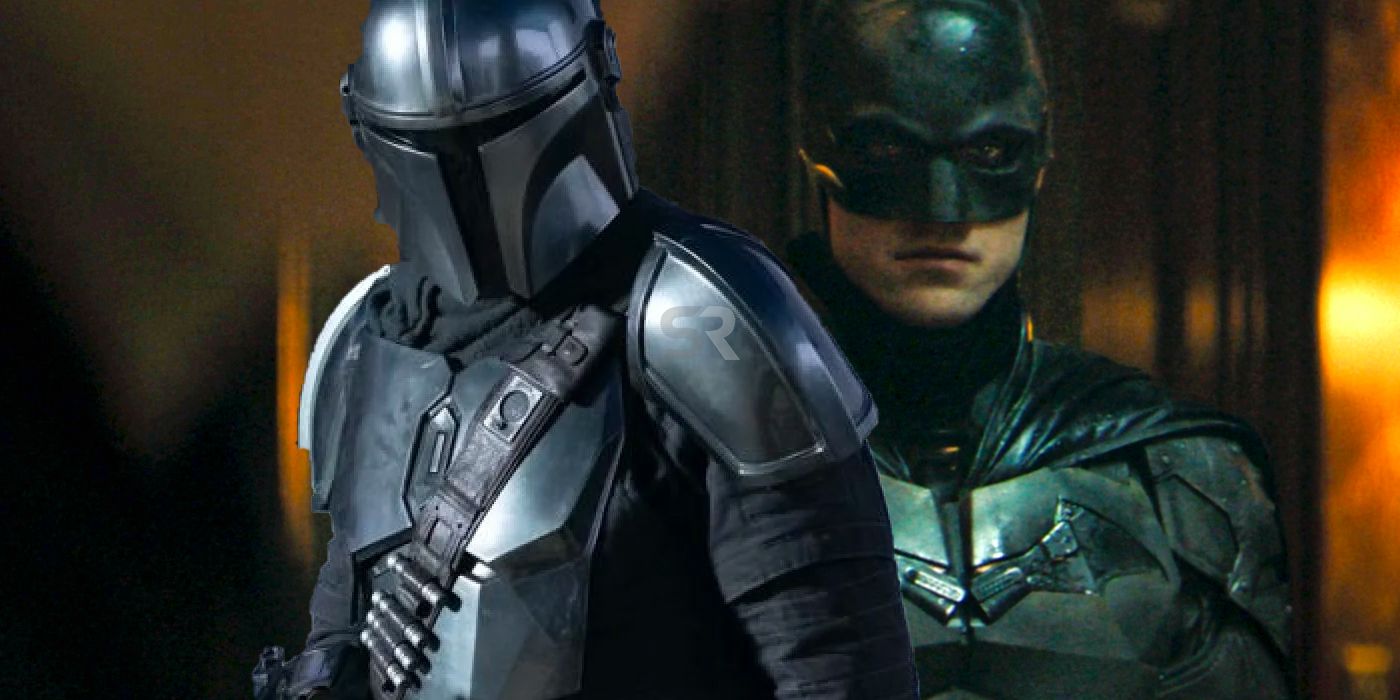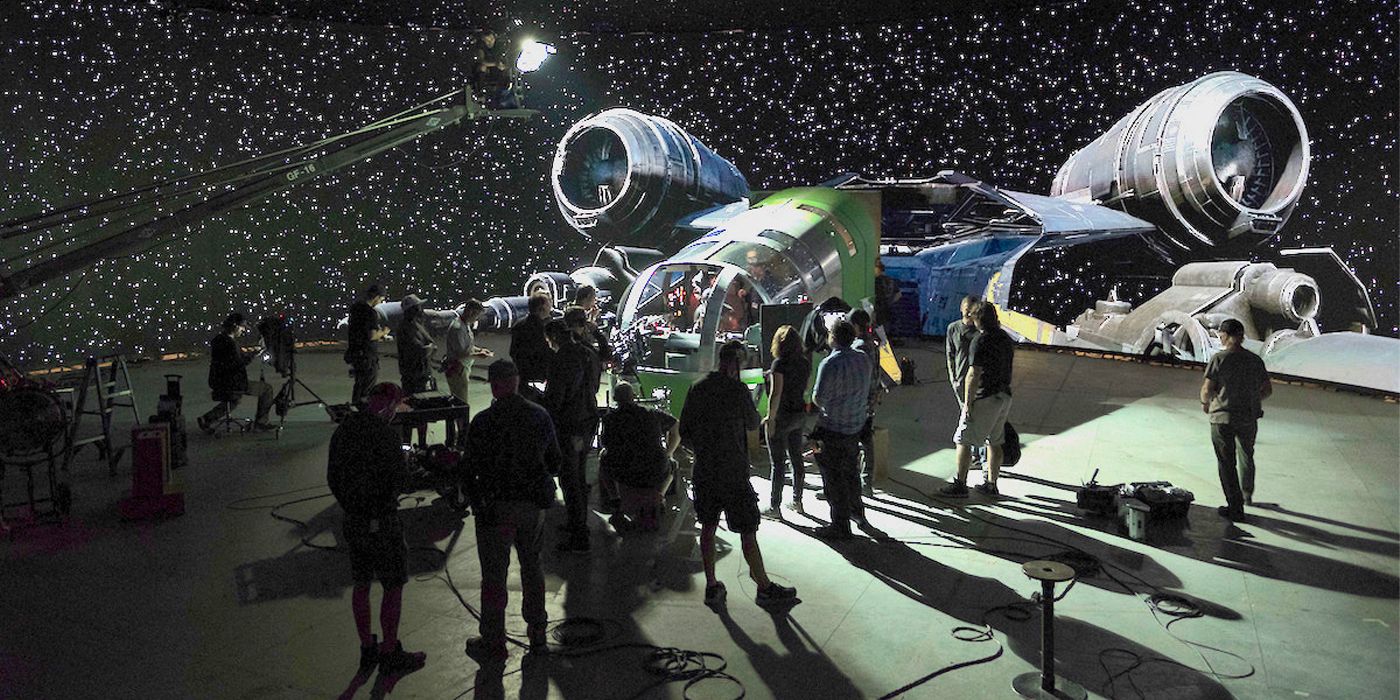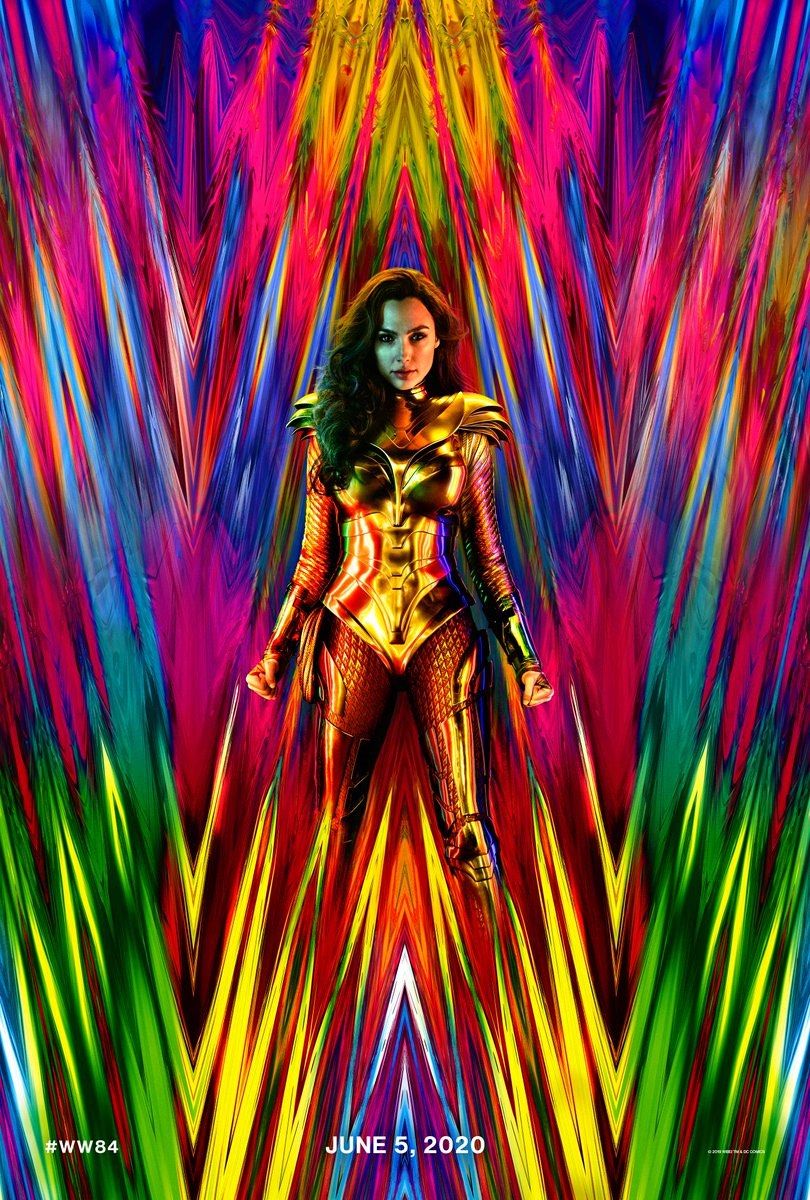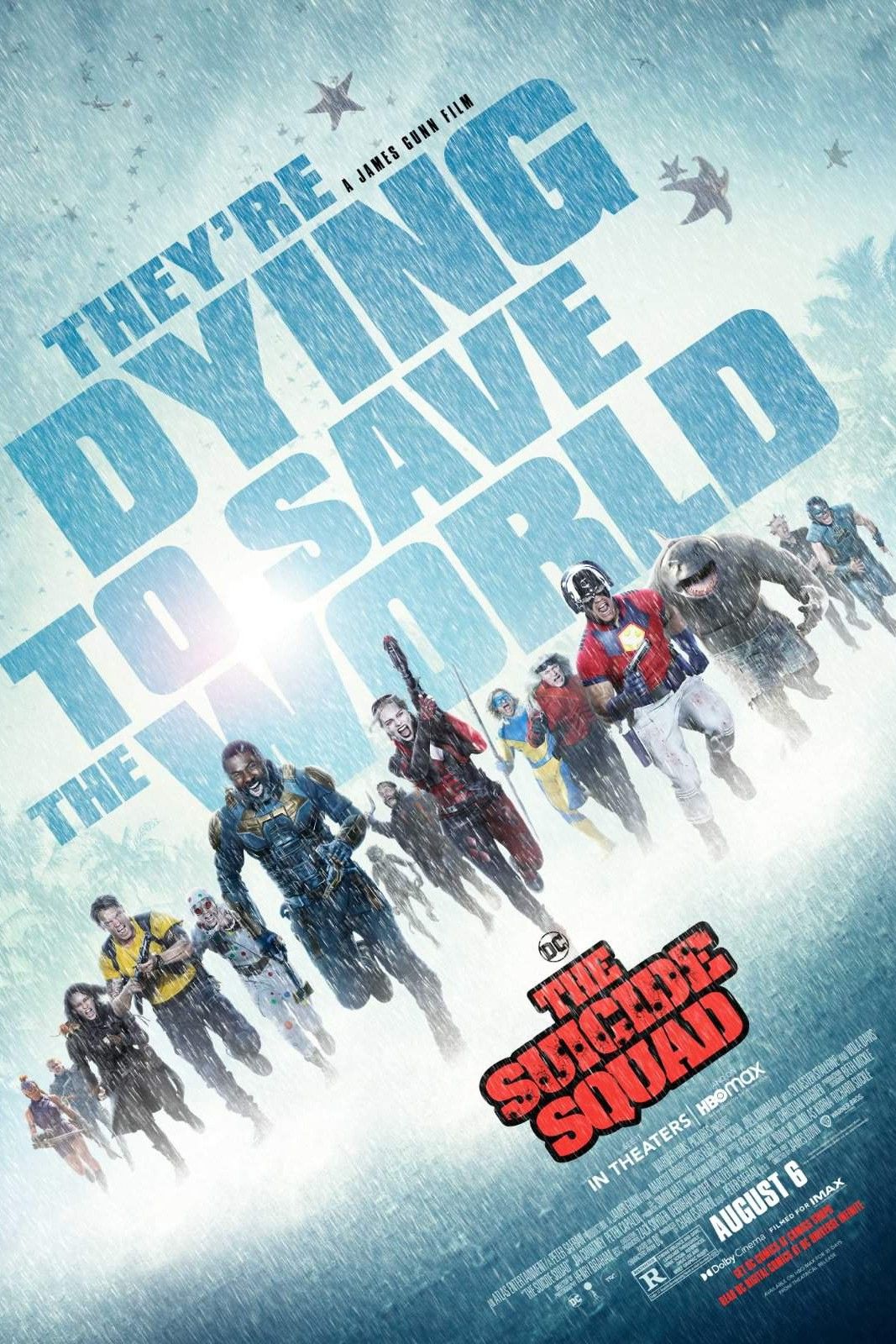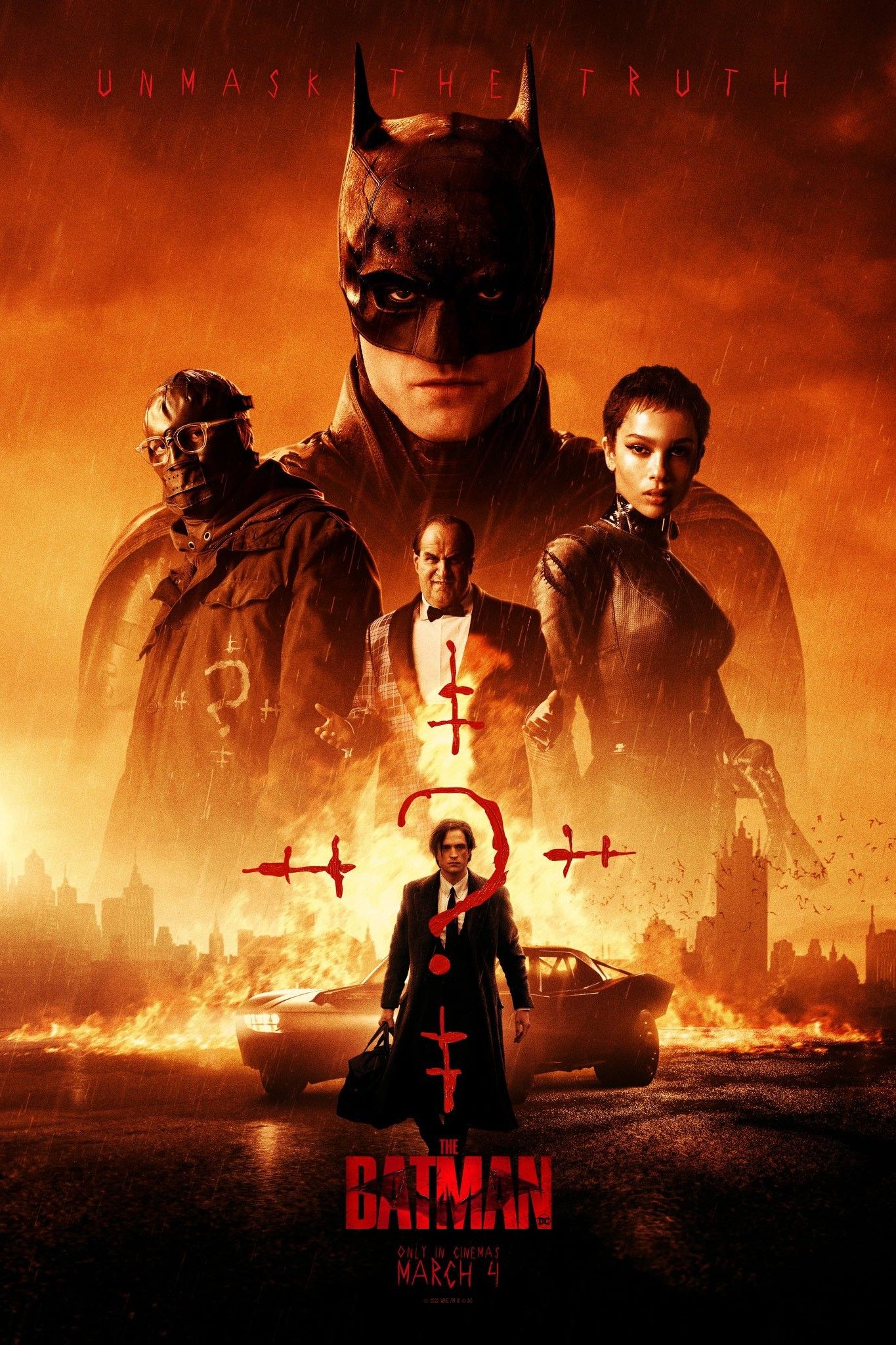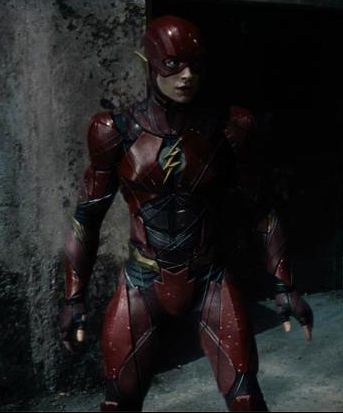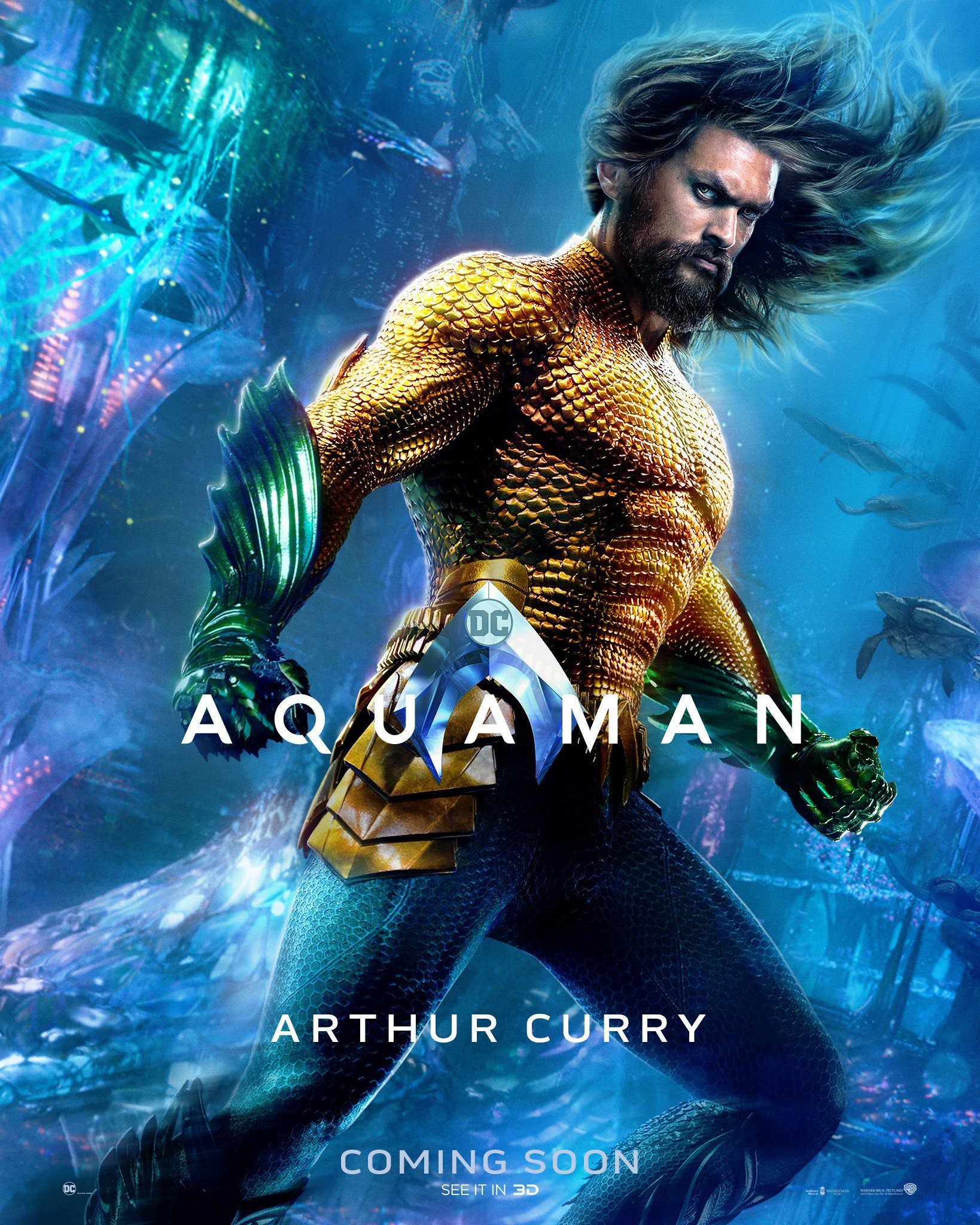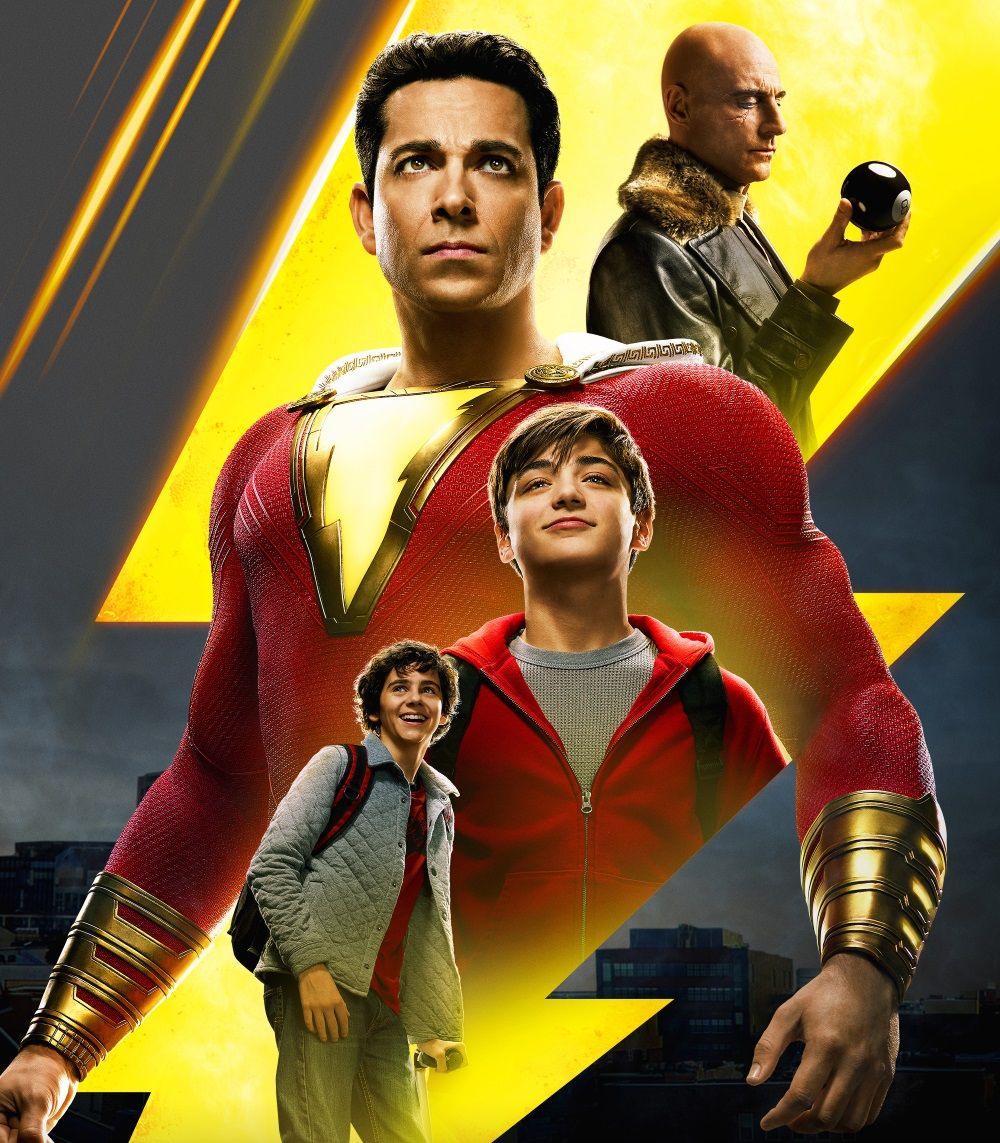When Robert Pattinson's The Batman arrives in theaters in 2022, it will have gotten there using the same real-time visual effects tech pioneered by the team behind The Mandalorian. Virtual production began to take off in the last couple of years, starting with director Jon Favreau's remake of The Lion King for Disney. After that film won the Oscar for outstanding visual effects, Favreau took the innovative process to The Mandalorian, season 1, utilizing large, wall-sized LED screens to project environments on set behind the actors. The breakthrough technology moved effects traditionally rendered in post-production to the middle of the production itself. Industrial Light & Magic (ILM), the legendary visual effects house founded by George Lucas, created a virtual production unit based on the techniques developed for The Mandalorian called StageCraft, powered by the Unreal game engine from Epic Games.
ILM enhanced its StageCraft programming for The Mandalorian season 2, which drops on October 30th on Disney+. The new system will also be used for the Netflix sci-fi flick The Midnight Sky from star/director George Clooney, and a StageCraft stage will be built for Thor: Love and Thunder after that film's director, Taika Waititi, worked with StageCraft on The Mandalorian's season 1 finale. But first up is The Batman, the Matt Reeves-directed take on the Dark Knight that began shooting earlier this year in London, albeit with a brief hiatus after Pattinson tested positive for COVID-19.
ILM chief creative officer Rob Bredow announced at the VIEW visual effects and animation conference (via THR) that the cutting edge virtual production technique would also power The Batman. The exec wouldn't reveal any specifics about The Batman's effects work except to confirm that an LED wall has already been "pre-built" around practical sets for the highly-anticipated movie.
Bredow said StageCraft is making it possible to speed production considerably on the kinds of effects-driven blockbusters that fans demand - and that the technology is still being perfected. "[The] Holy Grail is that our entire work flow can go real time," Bredow said, "with less waiting for big computers to process." ILM and Epic Games have been making "big investments" to make that goal happen, Bredow added.
Anyone who's watched The Mandalorian knows the series' visual effects were top-notch for TV standards, a medium previously thought to be unable to replicate a Star Wars movie's VFX budget and, therefore, VFX quality. But the advances made thanks to the virtual production techniques employed by ILM's StageCraft represent an enormous leap forward in visual effects technology, so it's only natural that it would migrate to more big-budget feature films. If anything, the process' ability to save time on the post-production end can only mean good things when it comes to getting The Batman (and the new Thor) into theaters sooner rather than later. By the time 2022 rolls around, moviegoers will be coming off a long, COVID-caused drought at the box office, so if the wait will be even just a little bit shorter, that's got to be a good thing.
Source: Rob Bredow (via THR)

